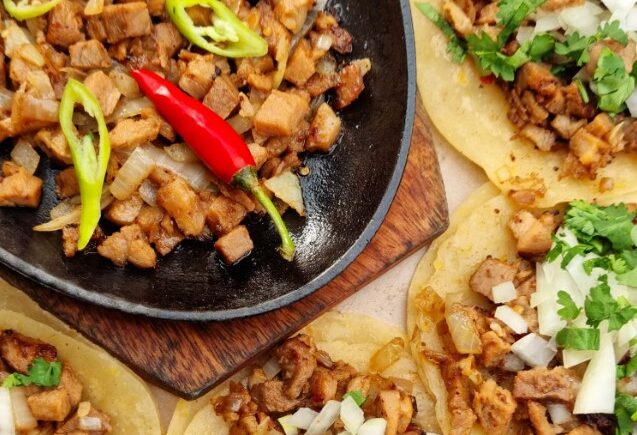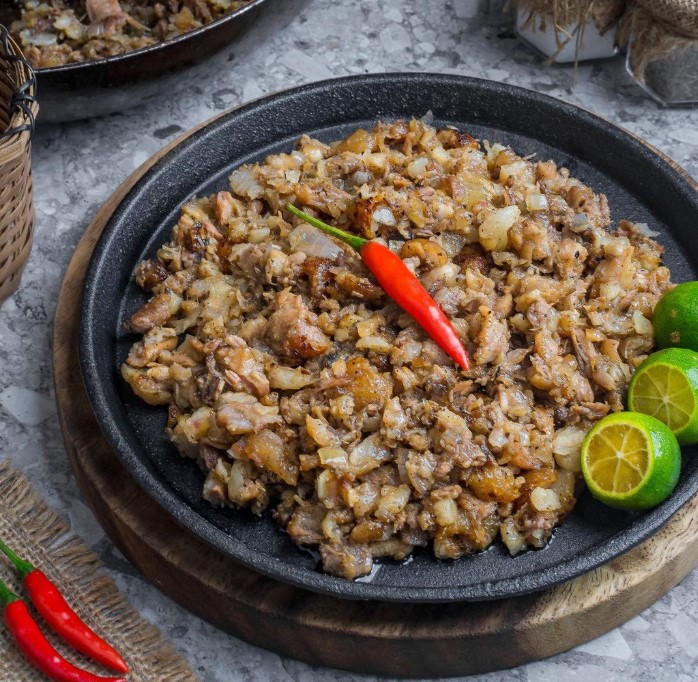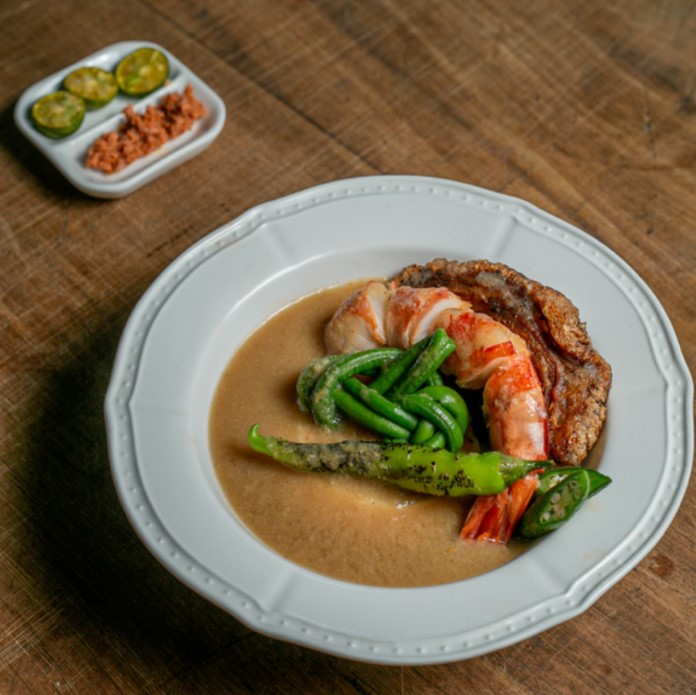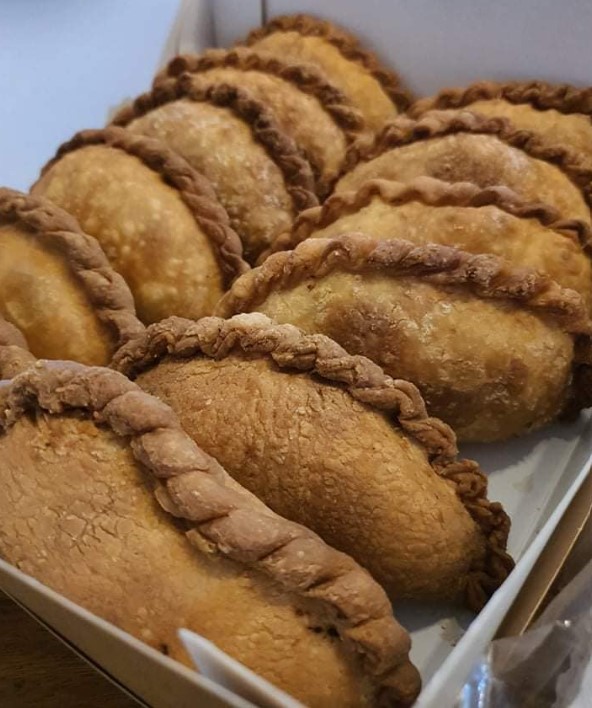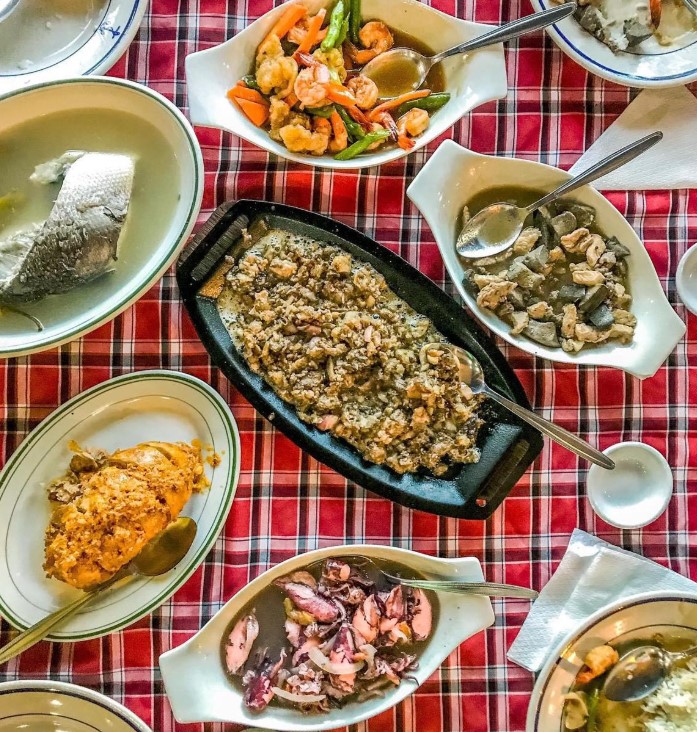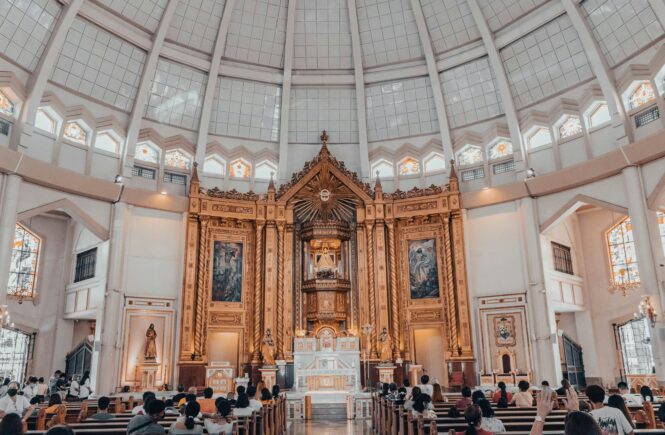The Rich Culinary Heritage of Pampanga
Pampanga, a province in the heart of the Philippines, is renowned for its rich culinary heritage that has been carefully preserved and passed down through generations. As the “Culinary Capital of the Philippines,” Pampanga boasts a diverse array of traditional dishes that are not only delicious but also deeply rooted in the region’s history and cultural identity.
The Kapampangan people, the indigenous inhabitants of Pampanga, have long been celebrated for their exceptional culinary prowess. Their passion for food and the art of cooking has been a defining aspect of their culture, with each dish serving as a window into the province’s past. From the aromatic adobo to the decadent sisig, Kapampangan cuisine is a tapestry of flavors, techniques, and stories that have been woven into the fabric of the region’s identity.
Famous Restaurants in Pampanga
The region’s culinary legacy is not only reflected in its traditional home-cooked meals but also in the famous restaurants in Pampanga that have become destinations for food enthusiasts from all over the country and beyond. These establishments have not only preserved the authentic flavors of Kapampangan cuisine but have also elevated it to new heights, showcasing the region’s rich culinary heritage to the world.
One such iconic restaurant is Bale Dutung, owned by the legendary Chef Claude Tayag. Housed in a charming ancestral home, Bale Dutung offers a unique dining experience that transports guests on a culinary journey through Pampanga’s past. The menu features a carefully curated selection of traditional Kapampangan dishes, each with its own captivating story.
Another renowned institution is Everybody’s Cafe, a family-owned establishment that has been serving up Kapampangan classics for generations. From the mouthwatering sisig to the indulgent halo-halo, Everybody’s Cafe has become a beloved destination for locals and tourists alike, offering a taste of Pampanga’s rich culinary traditions.
Exploring the Unique Flavors of Kapampangan Dishes
The essence of Kapampangan cuisine lies in its ability to seamlessly blend traditional techniques with innovative approaches, creating a culinary experience that is both familiar and novel. Each dish is a unique expression of the region’s cultural heritage, reflecting the ingenuity and resourcefulness of the Kapampangan people.
One of the most iconic Kapampangan dishes is the adobo, a savory and tender meat dish that is simmered in a tantalizing blend of soy sauce, vinegar, and spices. The Kapampangan adobo, however, stands apart from its counterparts in other regions, with its distinct use of pineapple and the addition of achuete (annatto) oil, which lends a vibrant hue and a subtle sweetness to the dish.
Another beloved Kapampangan delicacy is the sisig, a sizzling dish of chopped pork, chicken liver, and crunchy pork skin, seasoned with a tangy and spicy dressing. This dish, which originated in the city of Angeles, has become a beloved staple in Filipino cuisine, showcasing the Kapampangan people’s innovative spirit and their mastery of bold flavors.
Traditional Kapampangan Recipes Passed Down Through Generations
At the heart of Kapampangan cuisine are the traditional recipes that have been meticulously passed down through generations, each one a testament to the region’s culinary legacy. These recipes, often closely guarded family secrets, are not merely a collection of ingredients and instructions, but rather a tapestry of stories, traditions, and cultural influences.
One such recipe is the iconic Kapampangan empanada, a savory pastry filled with a delectable mixture of ground pork, raisins, and spices. This hand-held delicacy is a reflection of the region’s Spanish colonial heritage, with the flaky crust and the sweet-savory filling showcasing the blending of cultures that has shaped Kapampangan cuisine.
Another treasured recipe is the buro, a fermented rice dish that is a staple in Kapampangan homes. This unique condiment, made by fermenting rice with a combination of spices and shrimp, is not only a flavorful accompaniment to various dishes but also a symbol of the Kapampangan people’s ingenuity and their deep connection to the land.
Uncovering the Stories Behind Popular Kapampangan Dishes
Each Kapampangan dish is more than just a culinary creation; it is a repository of stories, traditions, and cultural influences that have shaped the region’s identity over time. By delving into the rich histories behind these iconic dishes, we can gain a deeper understanding of the Kapampangan people and their enduring culinary legacy.
The beloved dish of kare-kare, for instance, is believed to have originated during the Spanish colonial era, when the Kapampangan people adapted the traditional stew to incorporate local ingredients such as peanut sauce and various vegetables. This dish, with its distinct flavors and textures, reflects the Kapampangan people’s ability to take foreign influences and seamlessly incorporate them into their own culinary traditions.
Similarly, the delectable dessert known as the lumpia hubad, or “naked spring roll,” is a testament to the Kapampangan people’s ingenuity and their ability to transform humble ingredients into something truly extraordinary. This decadent treat, made with a delicate wrapper and a rich, creamy filling, is a celebration of the region’s culinary artistry and its deep appreciation for the art of dessert-making.
Instagrammable Places in Pampanga for Foodies
Pampanga’s culinary heritage is not only reflected in its iconic dishes but also in the unique and visually stunning dining experiences that the province has to offer. From charming heritage houses to modern, Instagrammable places, Pampanga has become a hub for food enthusiasts and photography enthusiasts alike.
One such destination is the Bale Dutung, the renowned restaurant owned by Chef Claude Tayag. With its charming, ancestral-style architecture and its beautifully curated interiors, Bale Dutung offers a visually captivating setting that perfectly complements the rich flavors of its Kapampangan cuisine.
Another must-visit spot for foodies is the Everybody’s Cafe, a family-owned institution that boasts a vibrant and colorful ambiance. With its retro-inspired decor and its array of Instagrammable dishes, Everybody’s Cafe has become a popular destination for both local and international visitors seeking to immerse themselves in the heart of Kapampangan culinary culture.
Bottomline: Celebrating the Cultural Significance of Kapampangan Cuisine
Kapampangan cuisine is more than just a collection of delicious dishes; it is a living, breathing testament to the rich cultural heritage of the Kapampangan people. By exploring the stories, traditions, and flavors that make up this culinary legacy, we can gain a deeper appreciation for the enduring significance of Kapampangan cuisine and its role in shaping the identity of the region. Discover the captivating stories and flavors of Kapampangan cuisine by planning your next culinary adventure in Pampanga. Explore the region’s famous restaurants, uncover the unique histories behind its iconic dishes, and immerse yourself in the vibrant, Instagrammable dining experiences that celebrate the cultural significance of this remarkable culinary tradition.
